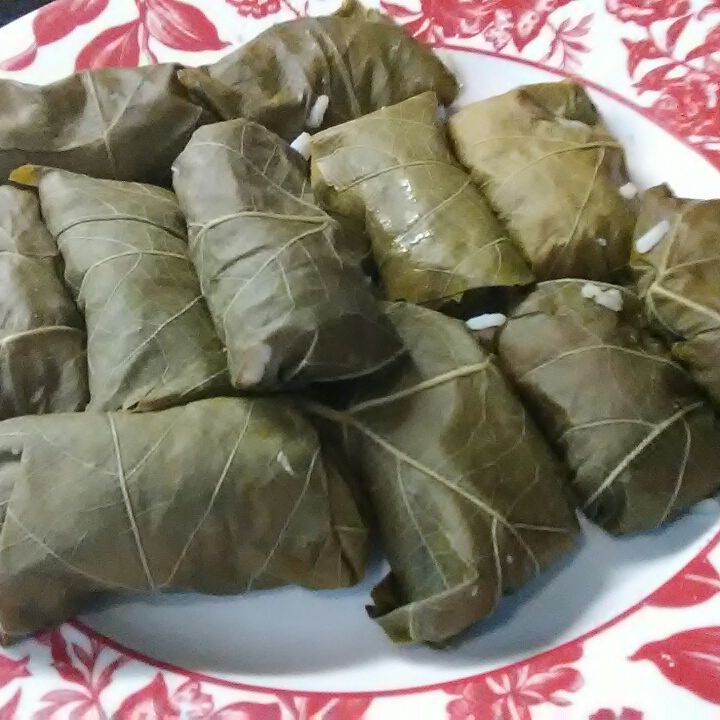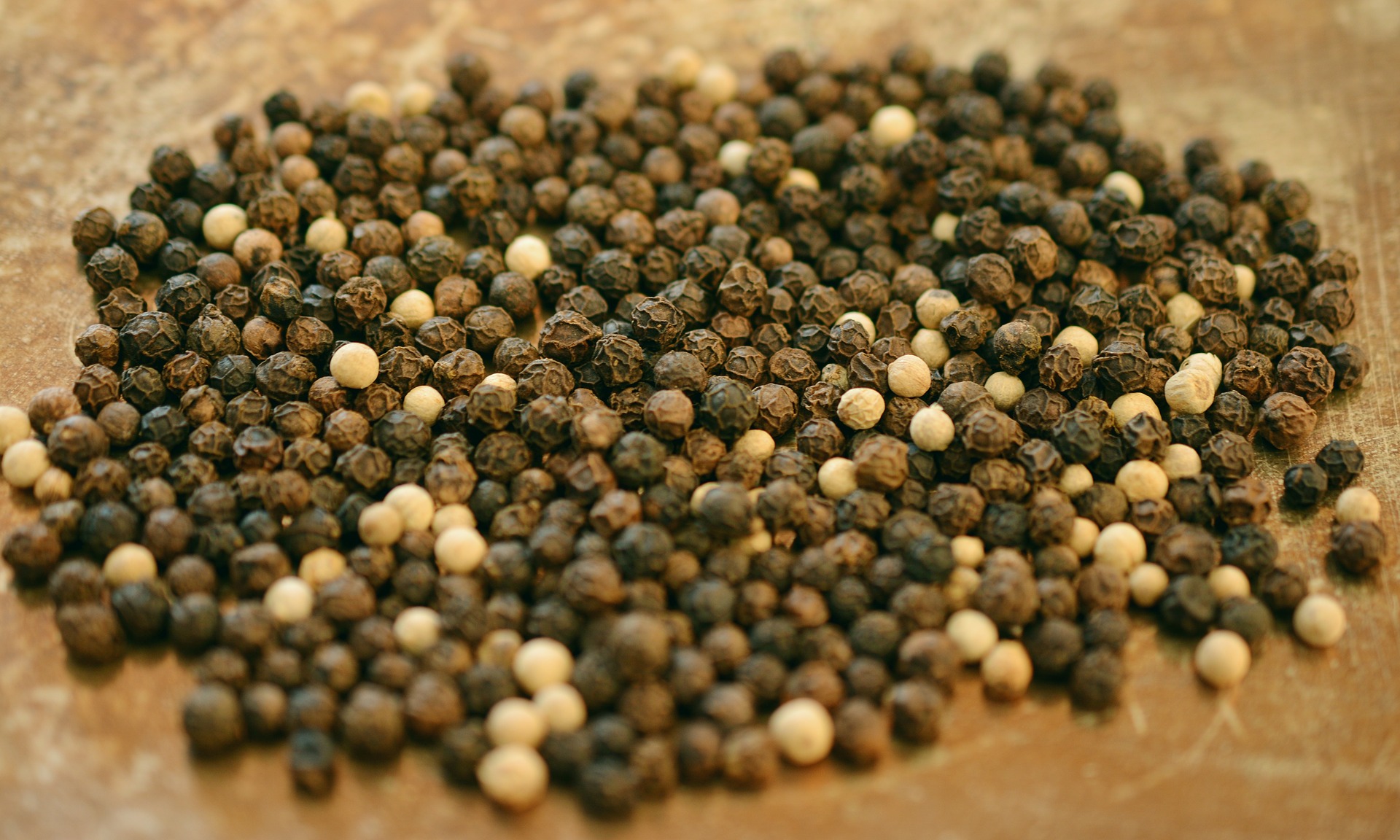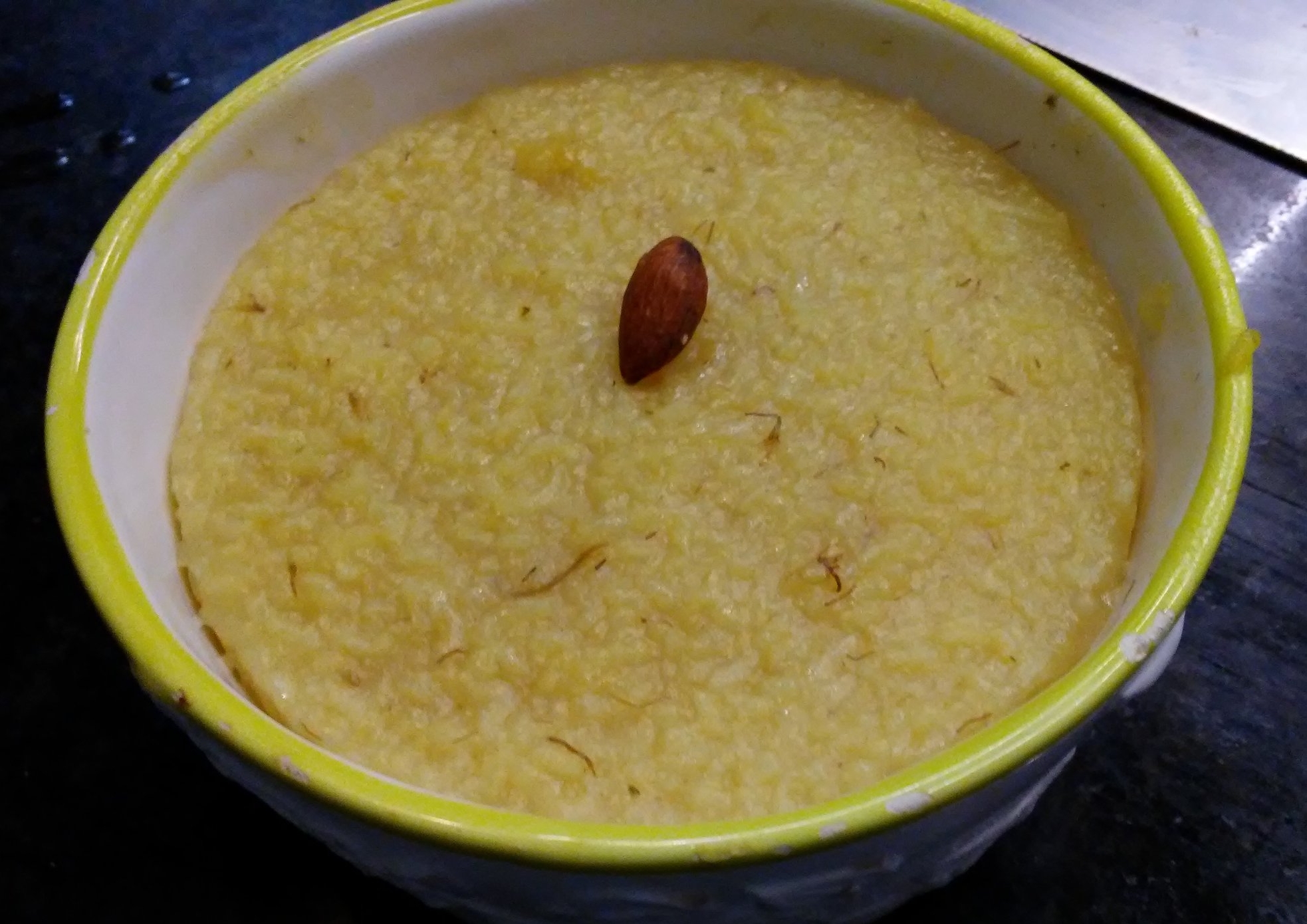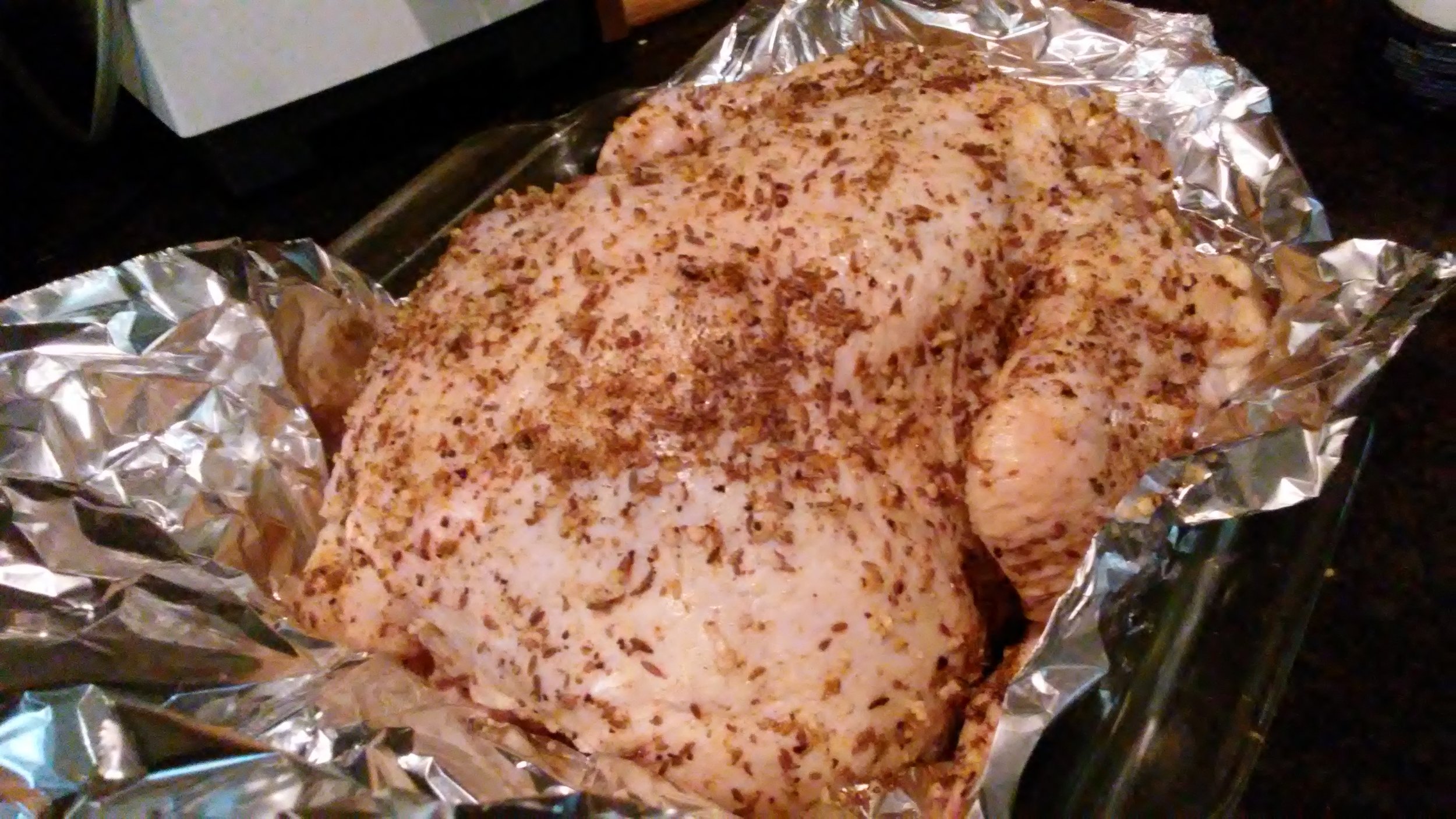Poor little French girl smooshed by cookies
Last week was challenging for many reasons but I am grateful for friends, family, and work colleagues that made me laugh through some of the absurdities. Also, special thanks to Wyatt, who made the most delicious papusas, which I gorged myself on almost every night. Delightfully, I found a splendid way to engage in some Syrian fusion experimentation as well as self-medication by making tahini chocolate chip cookies using an adapted recipe from a paper that does not publish fake news despite what Cheeto-in-Chief may say.
Tahini Chocolate Chip Cookies
Ingredients
8 tablespoons butter
½ cup tahini, well stirred
1 cup granulated sugar
1 large egg
1 egg yolk
2 teaspoons vanilla extract
1 cup flour
½ teaspoon baking soda
½ teaspoon baking powder
1 teaspoon kosher salt
1 ¾ cups semi-sweet chocolate chips
Flaky salt, like fleur de sel or Maldon
Or eat raw if you're really struggling.








































